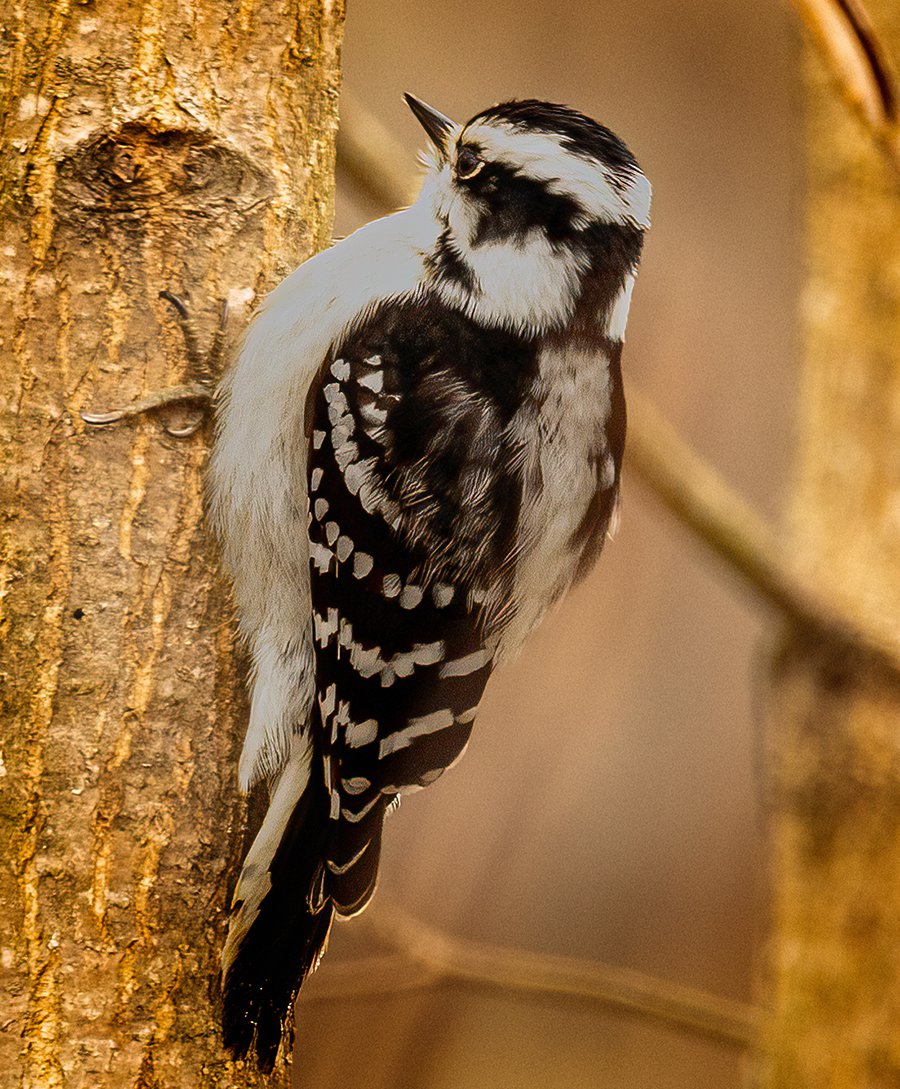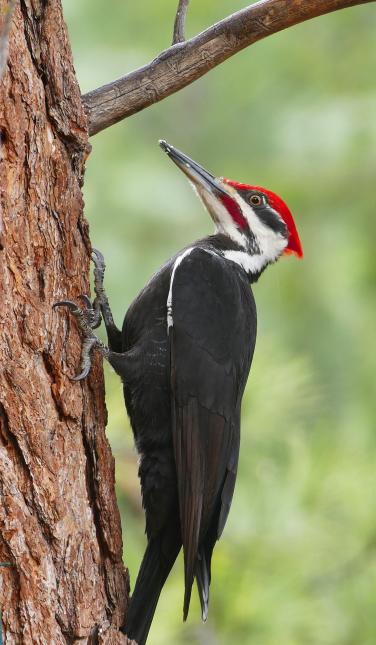Running Into Woodpeckers in Florida: Types Diversity and Identification
Discover the Fascinating World of Woodpeckers: Everything You Need to Know
The globe of woodpeckers is a world filled with unique actions, intricate adaptations, and a diverse selection of varieties. From their habitats and circulation patterns to their feeding habits and specialized physiological functions, woodpeckers have long astounded the rate of interest of ornithologists and nature lovers alike.
Woodpecker Habitats and Distribution
Woodpeckers live in a diverse variety of environments worldwide, showcasing versatility in their distribution patterns. These resistant birds are discovered in woodlands, timberlands, savannas, and deserts across different continents, showing their capacity to prosper in various weather problems. In North America, as an example, woodpeckers can be spotted in both coniferous and deciduous forests, using their solid beaks to forage for insects and develop nesting cavities in trees. In Africa, certain woodpecker types have actually adapted to dry environments, such as the acacia timberlands, where they play an important duty in regulating insect populaces.

Feeding Behaviors and Diet Plan
Woodpeckers utilize their strong beaks to pierce right into the bark of trees, probing for bugs and larvae concealed underneath the surface. In enhancement to insects, woodpeckers additionally eat nuts, seeds, fruits, and sap.
Woodpeckers are recognized for their drumming actions, which serves not just to interact with other woodpeckers but likewise to locate food. The rapid drumming sound is produced by the bird pecking on powerful surface areas like dead trees or steel posts. This actions can draw in bugs hidden in the timber, allowing the woodpecker to spot their visibility and feed on them.
Distinct Adaptations for Tree Climbing
In their adept search of bugs hidden within tree bark, woodpeckers have developed remarkable physiological functions that outfit them with special adjustments for effective tree climbing. Among the essential adaptations is their zygodactyl feet, with 2 toes pointing ahead and 2 directing backwards, giving a solid hold on tree trunks. This specialized foot arrangement allows woodpeckers to stick to vertical surface areas effortlessly, enabling them to go up and down trees with agility. Additionally, woodpeckers have rigid tail feathers that act as an encouraging prop while they climb up, assisting in balance and security. Their solid, chisel-like beaks are not only utilized for drilling into wood but likewise for clutching onto bark as they ascend tree trunks. Moreover, woodpeckers have solid neck muscle mass and an unique head framework that soak up the influence of continuous pecking, enabling them to climb up and down without creating injury to their brains. These adaptations display the incredible transformative style that makes it possible for woodpeckers to browse trees with precision and efficiency.
Diverse Woodpecker Species Worldwide
With over 200 various varieties spread out across various environments worldwide, the family members of Picidae encompasses a remarkable variety of woodpeckers. These birds can be found in woodlands, woodlands, savannas, and also urban areas, showcasing their versatility to different settings. From the he said legendary Northern Flicker in North America to the colorful and elusive Crimson-backed Flameback in Asia, each woodpecker varieties displays distinct characteristics in terms of tuft, habits, and habitat choice.
Woodpeckers differ considerably in dimension, with the small Downy Woodpecker gauging around 6-7 inches in size, while the powerful Lineated Woodpecker can get to up to 17 inches - Woodpeckers in Florida. image source Their beaks additionally are available in various forms and dimensions, reflecting their feeding routines. Some varieties concentrate on extracting insects from tree bark, like the Acorn Woodpecker, while others, such as the Black-cheeked Woodpecker, eat fruits and seeds

Preservation Efforts and Challenges
Conservation initiatives for woodpecker populaces are critical in mitigating the effect of habitat loss and other risks encountering these diverse bird types. Woodpeckers deal with various obstacles to their survival, mostly as a result of deforestation, urbanization, environment modification, and intrusive varieties. To deal with these issues, conservation initiatives focus on shielding and restoring woodpecker environments, implementing sustainable forestry techniques, and raising recognition about the significance of these birds in ecosystems.
One substantial challenge in woodpecker conservation is the fragmentation of their habitats, resulting in isolated populations that are much more prone to termination - Woodpeckers in Florida. Conservationists work to create wild animals hallways and safeguarded locations that attach these fragmented habitats, permitting woodpeckers to move between different locations for feeding, breeding, and sanctuary

Verdict
In verdict, woodpeckers are remarkable birds with unique adaptations for tree climbing and feeding actions. They can be found in diverse environments worldwide, dealing with preservation obstacles due to environment loss and human tasks. Understanding their habitats, diets, and behaviors is essential for preservation efforts to protect these vital bird species. Additional research study and conservation actions are required to make certain the survival of woodpeckers in the wild.